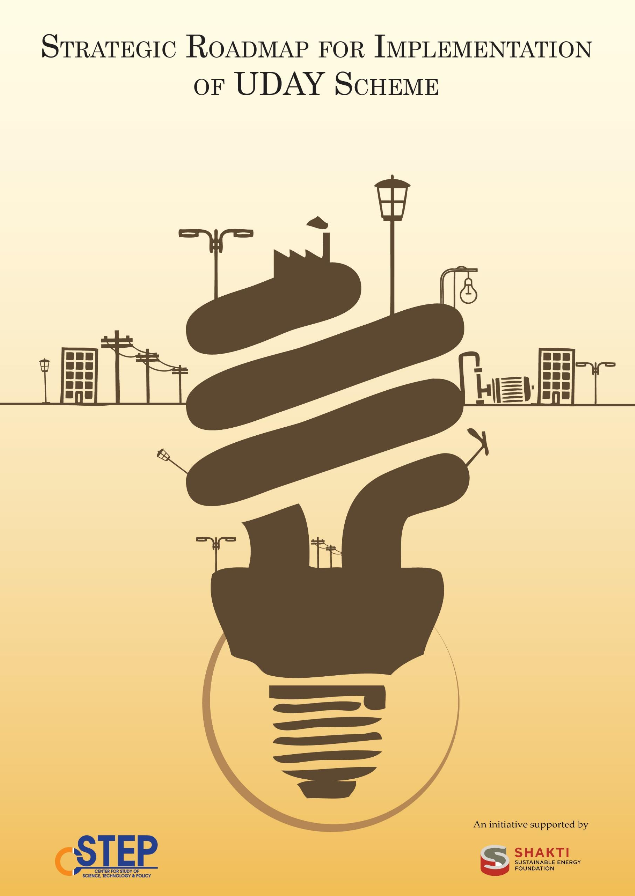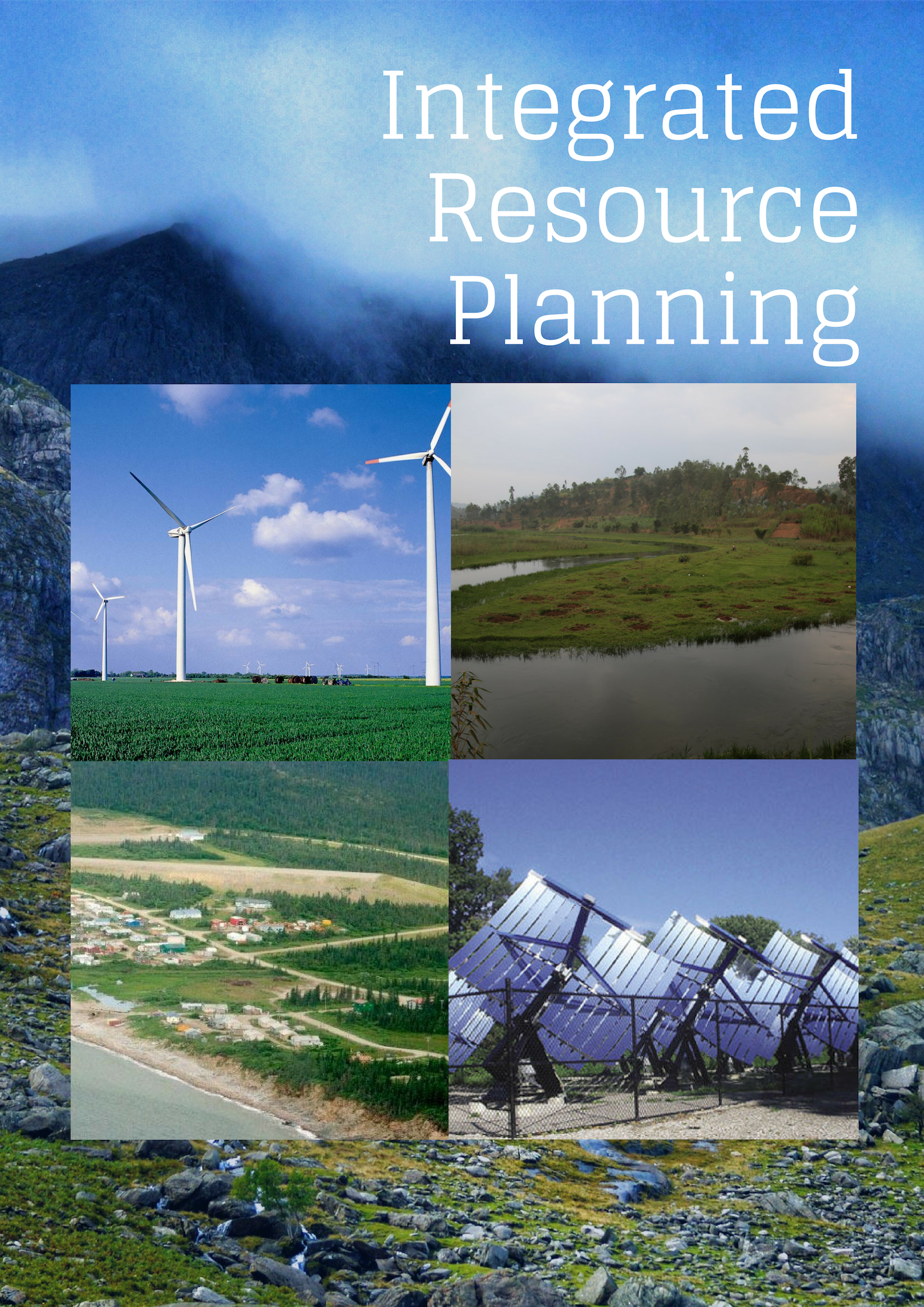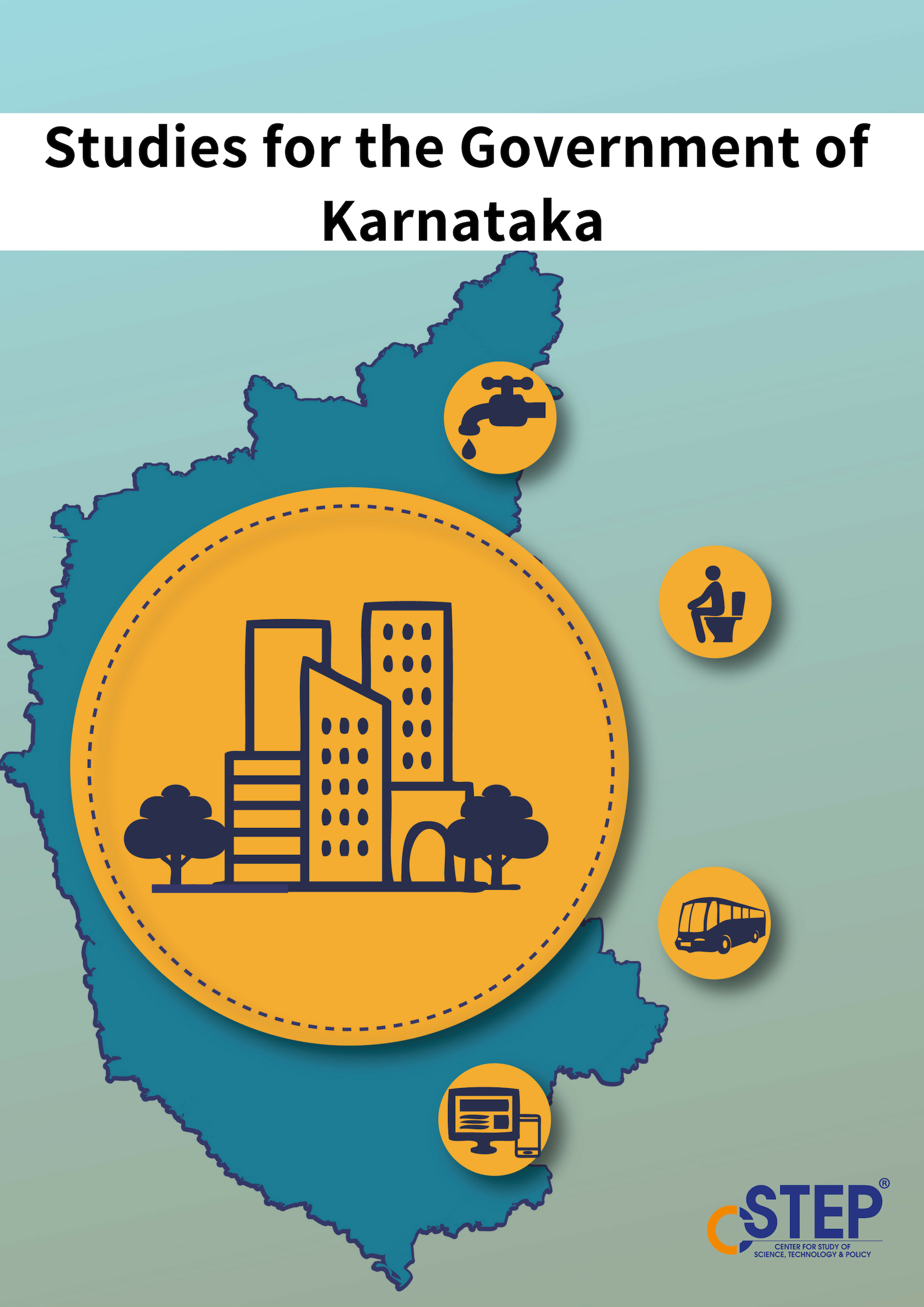Energy is a key factor in combating climate change, one of the biggest challenges the world is facing today. India has committed to cutting emissions to net zero by 2070 and set ambitious targets for adopting renewable energy. Achieving these targets requires careful planning and an overhaul of our current energy system.
Our work aims at enabling policies that encourage the adoption of rooftop solar, facilitate the development of technology for energy storage, strengthen the grid and transmission infrastructure, advance hydrogen technologies, and promote green mobility. CSTEP's research looks at the various aspects of mainstreaming renewable energy for a cleaner, greener energy sector.













Energy access - Why it is a good time for grid-tied microgrids in India?
Energy access is a critical challenge in the Indian power sector. The last-mile connectivity to a household or any other consumer is the responsibility of distribution companies (DISCOMs). The remoteness of some locations and the ailing finances of most DISCOMs make achieving 100% electrification in India, challenging. Grid connectivity, power supply reliability, and affordability are the three pillars of energy access. Over the past five years, Government of India's ambitious policies and schemes have supported grid connectivity.
Understanding the Consumer Electricity Bill
This is the third article in the Empower blog series that CSTEP initiated to breakdown the power sector for a non-technical audience. In the first article, we began decoding the journey of electricity and in the second article we explained the costs incurred in generating electricity — the first step of the journey.
Digital DISCOMs: Moving Towards Efficient Operations
Interventions from the central government have saved electricity distribution companies (DISCOMs) from financial crunch numerous times in the past. The current pandemic has not only aggravated the financial situation but also shed light on the urgent need for a more digital approach. CSTEP’s ground-level study on the Ujwal DISCOM Assurance Yojana (UDAY) implementation in two DISCOMs in Karnataka underlines this.
Continual Support for Implementation of UDAY Initiatives in Karnataka
Ujwal DISCOM Assurance Yojana (UDAY)—a flagship scheme of the Government of India that ran from November 2015 to March 2019—was aimed at reducing the aggregate technical and commercial (AT&C) losses of state-owned distribution companies (DISCOMs) by 6%, from 21% in FY15 to 15% in FY19. However, only 50% of the target (18.2%) was achieved by the end of FY19, and there is still a long way to go to achieve the target.
Karnataka should trade excess solar power
Overachieving solar targets is resulting in new challenges for Karnataka. It is not only making the state power surplus but also impeding the development of new solar projects in Karnataka. Karnataka has emerged as one of the top-performing states with a solar capacity of 7,295 MW (as of Dec 2019) against the MNRE's (Ministry of New and Renewable Energy) state target of 5,697 MW by 2022, and state government's own target of 6000 MW by 2021.
Solar Mini-Grid for Improved Energy Access
This project explores a general case methodology for designing mini-grids through a pilot project implementation, to provide a sustainable, economically viable and reliable supply of power to remote areas that face zero-to-poor energy access.
How to make rooftop solar attractive to DISCOMs?
India has deployed roughly 300 MW of rooftop solar (RTS) capacity in the first quarter of 2020, taking the overall RTS capacity to 5.74 GW. Yet, the installed capacity falls abysmally short (14%) of the ambitious RTS target of 40 GW by 2022. To make matters worse, the COVID-19 pandemic and the ensuing lockdown brought the RTS sector to a halt — creating a lot of uncertainty. Thus, a strategic and robust plan is essential to revive this segment, as the nation returns to normalcy.
Power Generation Tariff Design
CSTEP launched the Empower series of blog articles to simplify the power sector for non-technical readers. Through the series, we hope to explain how every step of the electricity journey affects the consumer. In the first article, we introduced you to the many actors involved in the electricity journey. In this article, the second of the series, the author explains the costs involved in generation of electricity (the first step of the journey) that is finally reflected in the consumers power bill.
Electricity sector needs revamp
India is still struggling to come to grips with the devastating spin-offs of Covid-19, including the slump in economy. Like other sectors, the power sector too has taken a severe hit, with lowered electricity consumption due to semi-operation of industries. In fact, the dynamic trading price of electricity fell to a three-year low of 60p recently, an indicator of the drop in demand.
Decoding the Journey of Electricity
This article is first in the #Empower series of blogs by CSTEP, which aims to inform and interest the public in technical and policy issues that affect us on a day-to-day basis. In this and the next few articles, we will break down the journey of electricity from generation to consumption and elaborate on how every step of this journey has implications for you, the consumer.
